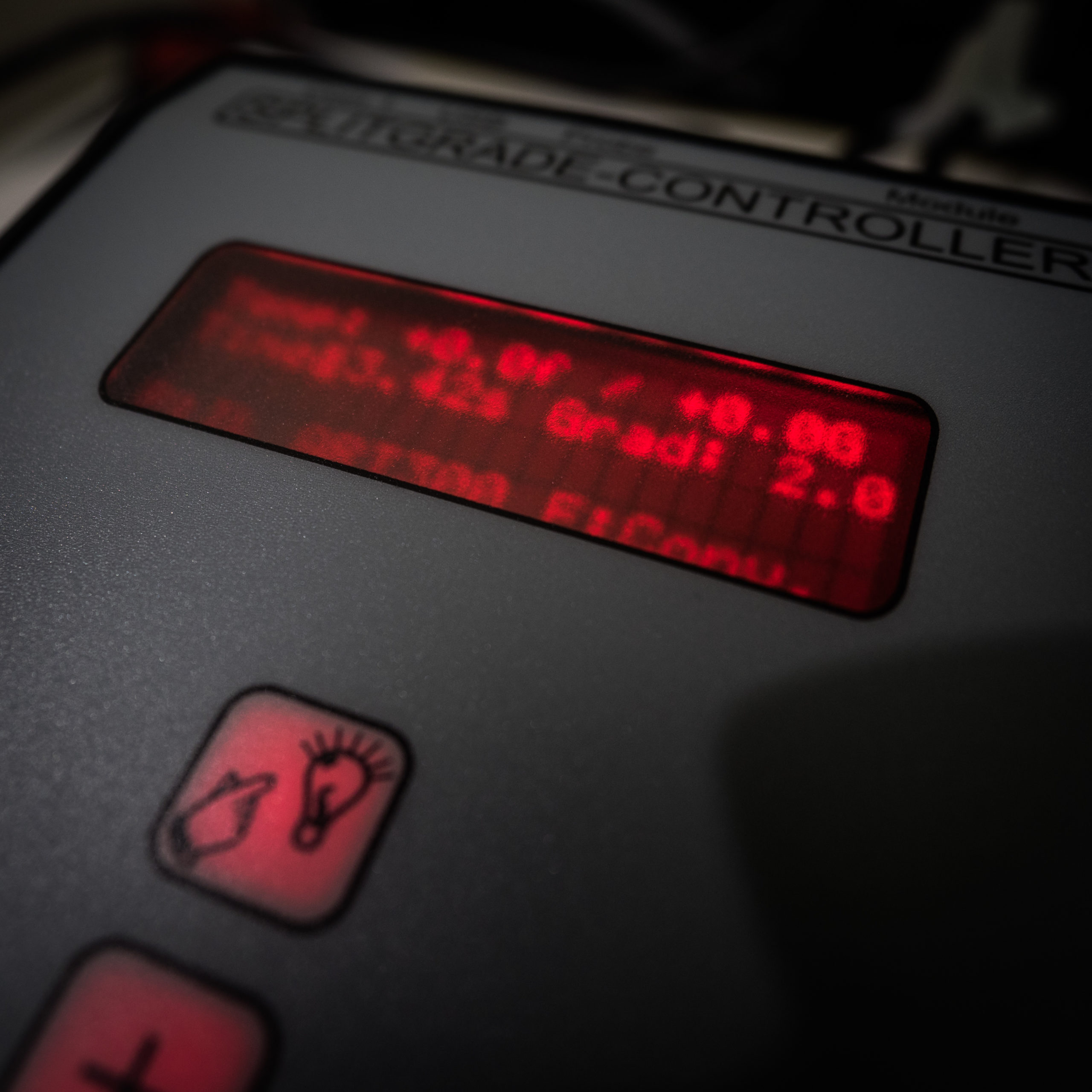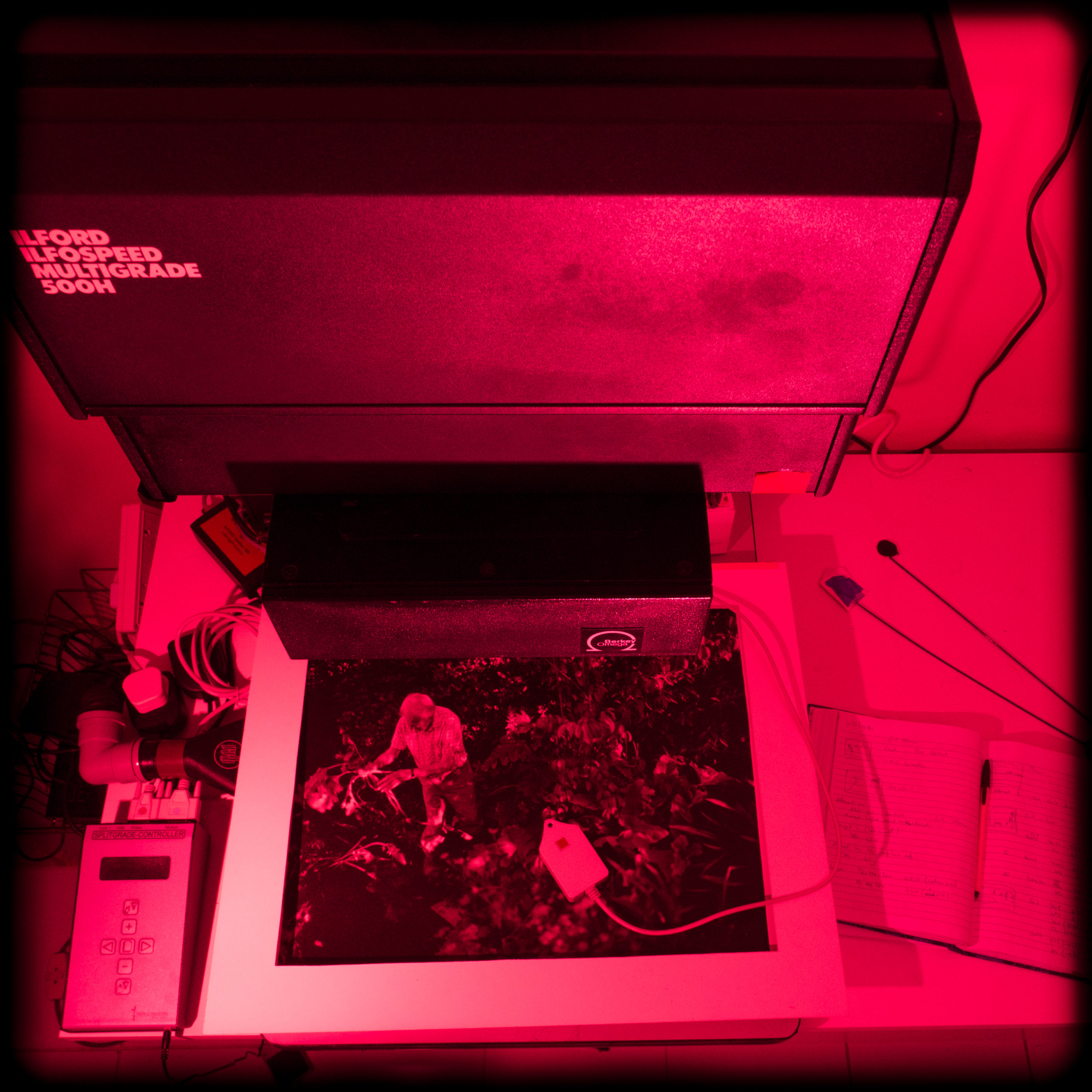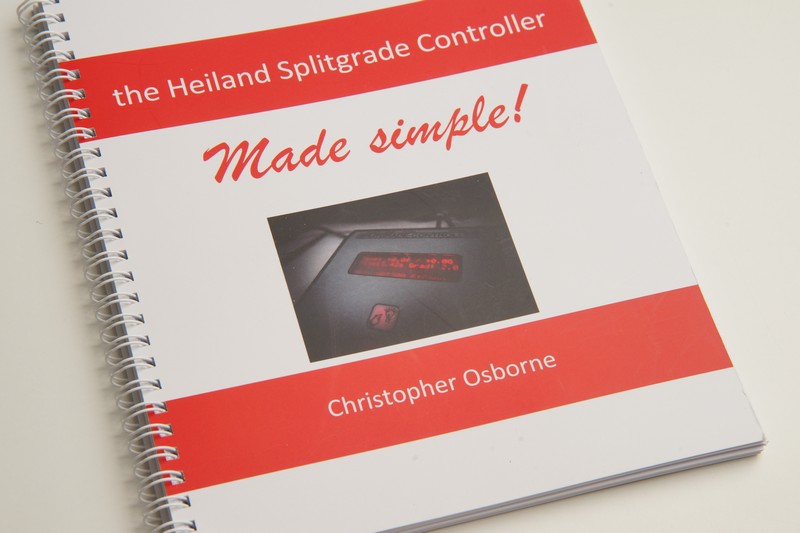The Heiland Splitgrade Controller – what does it do?
by Christopher Osborne.
The Heiland Splitgrade Controller is a highly sophisticated tool for B&W darkroom printers. It is a premium product with a price to match. A number of readers have asked what does it do and why would I want one?

The world of analogue photography has a mismatch. The introduction to the 2019 Ilford Photo Darkroom Printing Survey could not put it better. “We have seen sustained and continuous growth in film for a number of years. However, darkroom printing has not yet captured the hearts of film photographers in the same way”.
I can’t help wondering if part of the issue is the effort required to acquire the skill and experience to move from making OK prints to making really good quality prints. Perhaps this is why many images shot on film are digitally printed (if they are printed at all)?
A few weeks before the pandemic, I was discussing the under-representation of analogue prints with the assistant director of an established arts foundation. They have been actively promoting the use of their darkroom facility both internally and externally, and usage is climbing at a healthy rate. But the output is still not making it onto the walls of their exhibitions.

This started me thinking about the entry barriers to darkroom printing. According to Ilford Photo’s 2019 Darkroom Printing Survey, “a considerable majority (42%) would choose to learn by watching YouTube videos with only a combined 23% opting for paid courses. This supports the trend for ‘eLearning’ but goes against the views of experienced printers who appreciated the benefits of hands-on tuition in a darkroom”.
Before going any further, it is worth remembering that split grade printing is a technique used with multigrade papers, where the exposure is made in two parts. Magenta light is used to expose the high contrast portions of a print i.e. the highlights and shadows and yellow light is used to expose the mid-tones. Splitting these exposures apart can make it easier to determine the perfect grade and allows more refined control during dodging and burning.

The Heiland Splitgrade Controller is a highly sophisticated darkroom tool, designed to help darkroom printers make repeatably high-quality prints. They can do this with fewer test strips and therefore save both material and time. At the core of the system is a computer that takes measured highlight and shadow densities and mathematically calculates both an exposure and a grade. This is achieved by using a probe to identify the lightest grey and the darkest shadow areas where texture needs to be shown.
The feature that sets this device apart from the competition is the inbuilt database of common paper types and developers. The user measures the lightest grey (think detail on a white fluffy cloud) and the darkest grey with detail in the shadow areas with a probe. The unit then calculates an exact exposure and grade for the selected paper/developer combination. It even allows for reciprocity. It can also be set to allow for printing from colour negatives, XP2 and even negatives developed with a staining developer such as Pyro.

The unit can then time the enlarger exposure for both Grade 00 and Grade 5. It can even turn off the room safelights during measurement and exposure. The unit comes with f-stop timing as the default. This means that adjustments to time match the density change that our eyes see. So for example, increasing the exposure time by 1 stop will double the density of the resulting print. This sounds complicated but is simple to use.
The Heiland unit is easy to use. It has 5 control pages:
- A measurement page where paper type, exposure and grade are set
- An exposure and grade burning & dodging schedule
- A User Preferences Page
- A paper offset page for tuning the calibration of a paper/developer combination
- Test strip management

The controller can be implemented in three ways. Firstly, it can be integrated with a Heiland re-engineered colour head. The clever folks at Heiland can upgrade enlarger heads from Durst, Leica, Kaiser and others so that the controller can automatically change the settings on the head. Secondly, it can be used as a standalone unit and the measurement results are manually entered onto an enlarger head or used to select the correct manual filters. And finally, the controller can be used to control an enlarger with either an Ilford 100 or 500 head or an enlarger that has been fitted with a Heiland LED Cold Head.
So, can this unit help photographers who intermittently visit the darkroom to make better work? Yes, without a shadow of a doubt. Does it do away with the need for experience? Not really. To get really good results, the printer needs to know what they can expect a setting change to achieve. Could this unit help reduce the experience entry barrier? Absolutely.
If you would like to learn more about the Heiland Splitgrade controller, “The Heiland Splitgrade Controller made simple” by Christopher Osborne is available for purchase at https://shop.silvergrainclassics.com/cat/index/sCategory/3758
Images © Christopher Osborne 2021.
We tested Ilford’s Multigrade RC Portfolio paper using the Heiland Splitgrade Controller (see https://silvergrainclassics.com/en/2021/01/ilford-multigrade-rc-portfolio-paper-review/)
We have a favour to ask. We want to make these online articles free to the world. We see it as our contribution to the photographic community. You can help by subscribing to our awesome analogue photography magazine – https://shop.silvergrainclassics.com/subscriptions/
